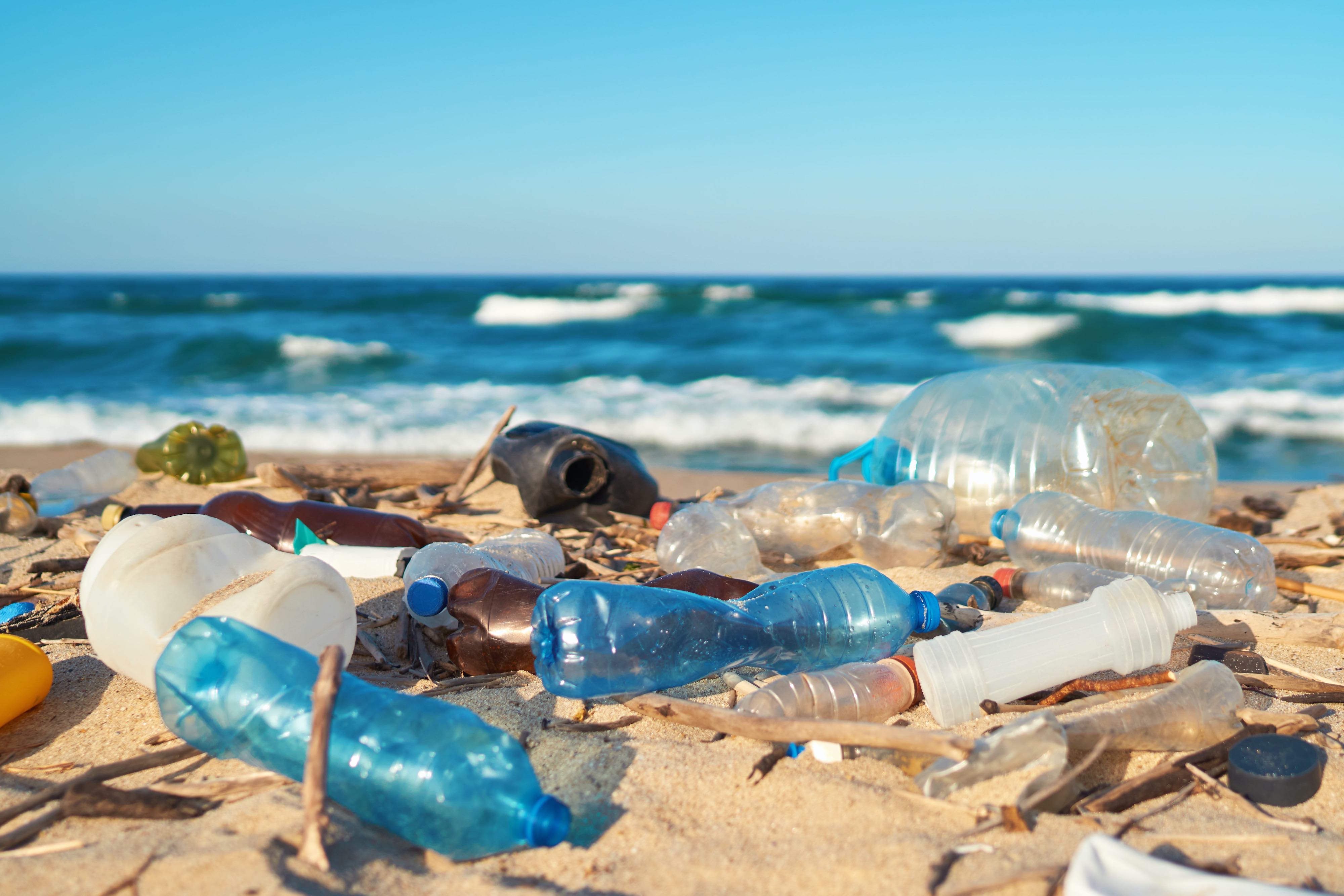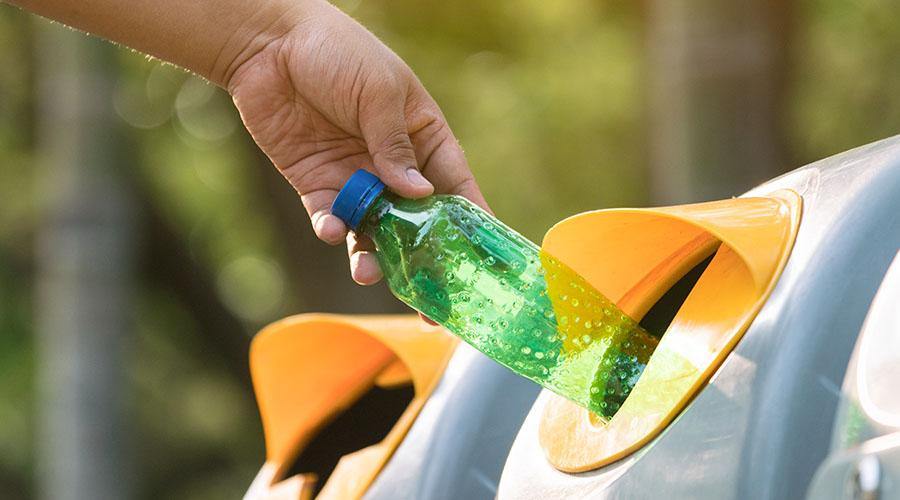
5 MIN READ
2-12-2024
Is Beauty More
Important Than
Our Environment?
Mikaela Walsh, 4ocean Research Analyst
Did you know that, for a while, beauty brands in the United States incorporated plastic microbeads into their face washes and toothpaste?
Due to their small size, microbeads can easily bypass filtration systems. As a result, these tiny microbeads flow directly into the ocean. It is estimated that 330,000 microbeads are contained in one face wash tube. At one point, approximately 8 trillion microbeads from the United States alone entered our aquatic environment every day. Thankfully, microbeads were banned in the United States in 2015 and had to be phased out entirely by 2019. Similarly, Europe banned the sale of microbeads in 2023. However, the problem doesn’t end there. The sale and manufacturing of microbeads continue in other countries across the globe, releasing these non-biodegradable beads into our oceans. These microbeads are still circling in our ocean today and accumulating as other countries still use them.
Microbeads serve as cosmetic industry tools for skin exfoliants, ensuring a thorough cleansing experience despite many environmentally safe alternatives. Microbeads possess a distinct chemical composition, primarily consisting of properties of polyethylene and polypropylene. These polymers are bound together from oil, leading to microbeads taking hundreds of years to break into organic matter. Depending on the properties of plastic affect the availability of pollutants and toxins to attract them. This raises concern because organisms consume not just the plastic polymers but also the materials absorbed by the plastic particles. Significant problems arise due to the minuscule size of microbeads, leading to their ingestion by fish and other marine life. The long-term effects of plastic particle ingestion in living organisms remain vastly unknown. The ocean is voluminous and covers most of the earth's surface. However, it is not massive enough for the wildlife to escape from the detrimental miniature beads.

Microbeads represent only one source of microplastics found in the ocean. Plastic, being non-biodegradable, does not break down; instead, it fragments into smaller pieces. A microplastic is considered a plastic that is less than 5 millimeters long. For example, a plastic water bottle will break into hundreds of microplastics over the years. The chemical compositions of microplastics attract toxins and pollutants. Consequently, microplastics and the chemicals attracted to them are consumed by bottom and filter feeders—furthermore, microplastics transverse through the food chain, contaminating various forms of life within the aquatic environment. There needs to be more analysis and research explaining the effects of plastic on marine species or humans, but one thing is for sure- plastic was not produced for living organisms to consume.

All plastic pollution in our oceans is highly hazardous.
This includes the large pieces of macroplastic debris and the small microplastic particles. A new issue that should be discussed is the breakdown of microplastic and microbeads into nanoplastic particles. The size range of nanoplastic particles is 1 nanometer to 1 micrometer. Nanoplastics are so small that they are in the same size range as a virus or DNA strand. Realistically, this means they are extremely hard to see under a microscope. Experts predict that nanoplastics could pose more risk than microplastics due to their incredibly small size and ability to penetrate different surfaces. This presents a new consequence of microscopic plastic that warrants examination because of its tiny size.
In 2018 alone, it is estimated that 14.5 million tons of plastic entered our oceans. This plastic will continue to break down into smaller pieces with the help of the salt water and UV properties, forcing it to break down. Plastic pollution is not just an ocean or beach eyesore; the issue goes far beyond that. Plastic pollution is threatening all life entities, including aquatic and terrestrial species and humans. It is very important to make sure you are not contributing to purchasing products that contain microbeads. Clearing the ocean of plastic debris is essential, and reducing single-use plastic consumption is crucial. Currently, 4ocean has successfully eliminated more than 30 million pounds of plastic debris from the marine environment, preventing it from breaking down into smaller fragments.




